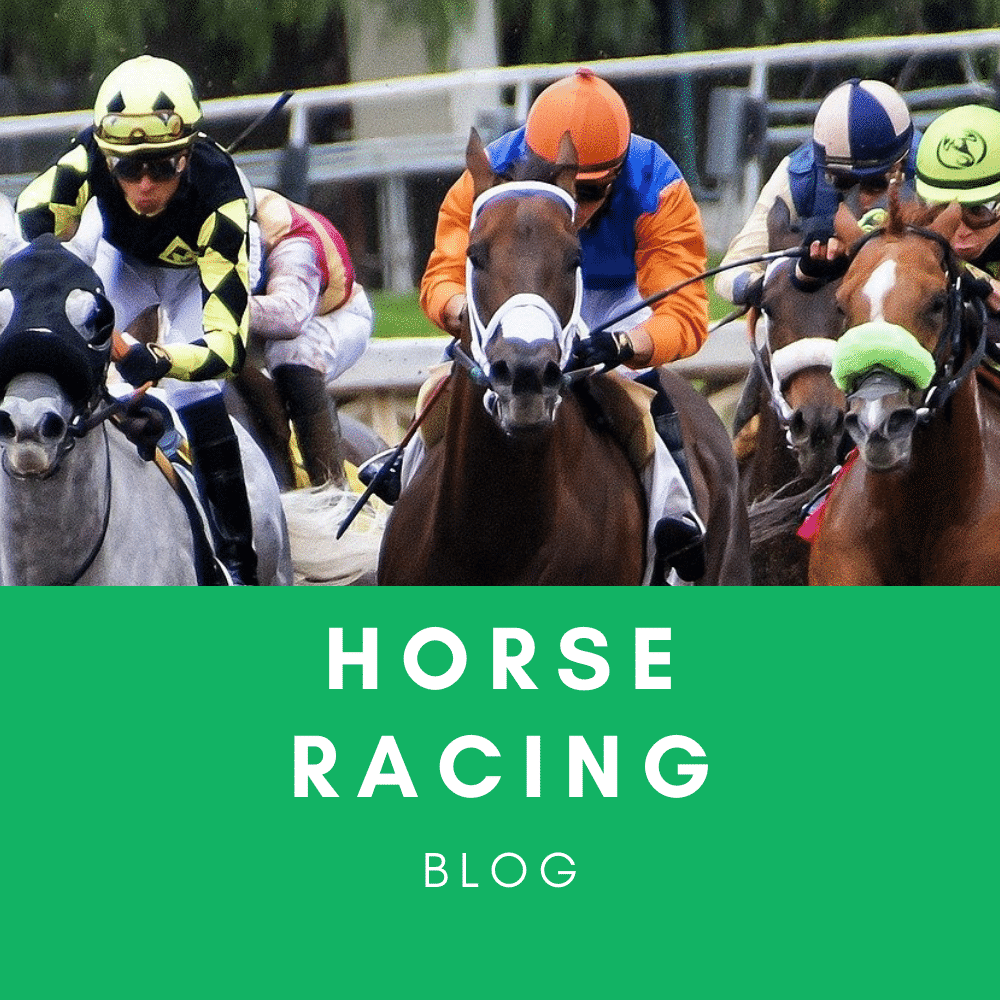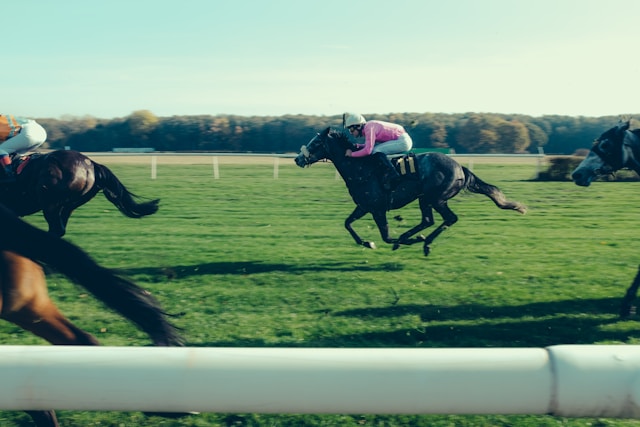Cancellations and abandonments have been commonplace in the horse racing world of late this is why horse racing needs more all-weather tracks.
Recently it has become more and more frequent for horse racing meetings to be abandoned or canceled due to the weather, so does this mean we need more all-weather horse racing venues?
Tracks
All-weather tracks like Lingfield, Wolverhampton, and Southwell (full list further down the page) are some of the only tracks that racing has gone ahead without any issues of late and this is down to the type of surface they use known as fibre sand or Polytrack.
I know of only one occasion when even Wolverhampton was abandoned and that was due to the beast from the east where the temperatures were so low the track was balling up in the horse’s hooves.
These occasions are very rare with all-weather surfaces, however, and it must be a consideration for there to be more all-weather venues added so that racing can overcome the growing issue of the great British wintertime.
How Many All-Weather Tracks Are There In The UK?
In total there are 6 all-weather horse racing courses in the UK and these are
- Lingfield
- Newcastle
- Wolverhampton
- Chelmsford City
- Kempton
- Southwell
Each course has its slight differences including the type of track that is used this ranges from Tapeta, Fibresand, and Polytrack.
Polytrack is arguably the trainer’s favourite all-weather surface, as it offers almost no kickback it’s very easy on the horses with less jar and less strain on the tendons of joints in the animals.
Polytrack is a very fast surface and is very versatile when compared to turf.
Tapeta
Wolverhampton and Newcastle recently changed from Polytrack to Tapeta which is more versatile than Polytrack offering little to no kickback and its equivalent turf going would be Good.
Fibresand
Southwell is the only track currently using Fibresand at present and it’s a lot slower surface than the other two types of track in all weather, you could say the turf going equivalent on Fibresand is Soft.
Fibresand does give a lot of kickback and most horses would prefer the other two surfaces to this but there are some horses that thrive on this surface and they are ones to watch out for.
Every type, of course, has advantages over turf, and this is why the UK should consider either adding more new tracks that are all-weather or converting some of the existing tracks to incorporate both turf and all-weather surfaces.
All Weather Advantages
All-weather also has the advantages of floodlights on the course meaning it can overcome the dark winter months too, which also enables more night racing fixtures which are often held at Wolverhampton which was one of the first courses to use floodlights.
This in turn should have an impact on the amount of horse racing cancellations we are seeing in every winter period again which is why horse racing needs more all-weather tracks.
Only time will tell if more courses adapt to become all-weather tracks but I feel there will be more and more that adopt the new surfaces available to them.



